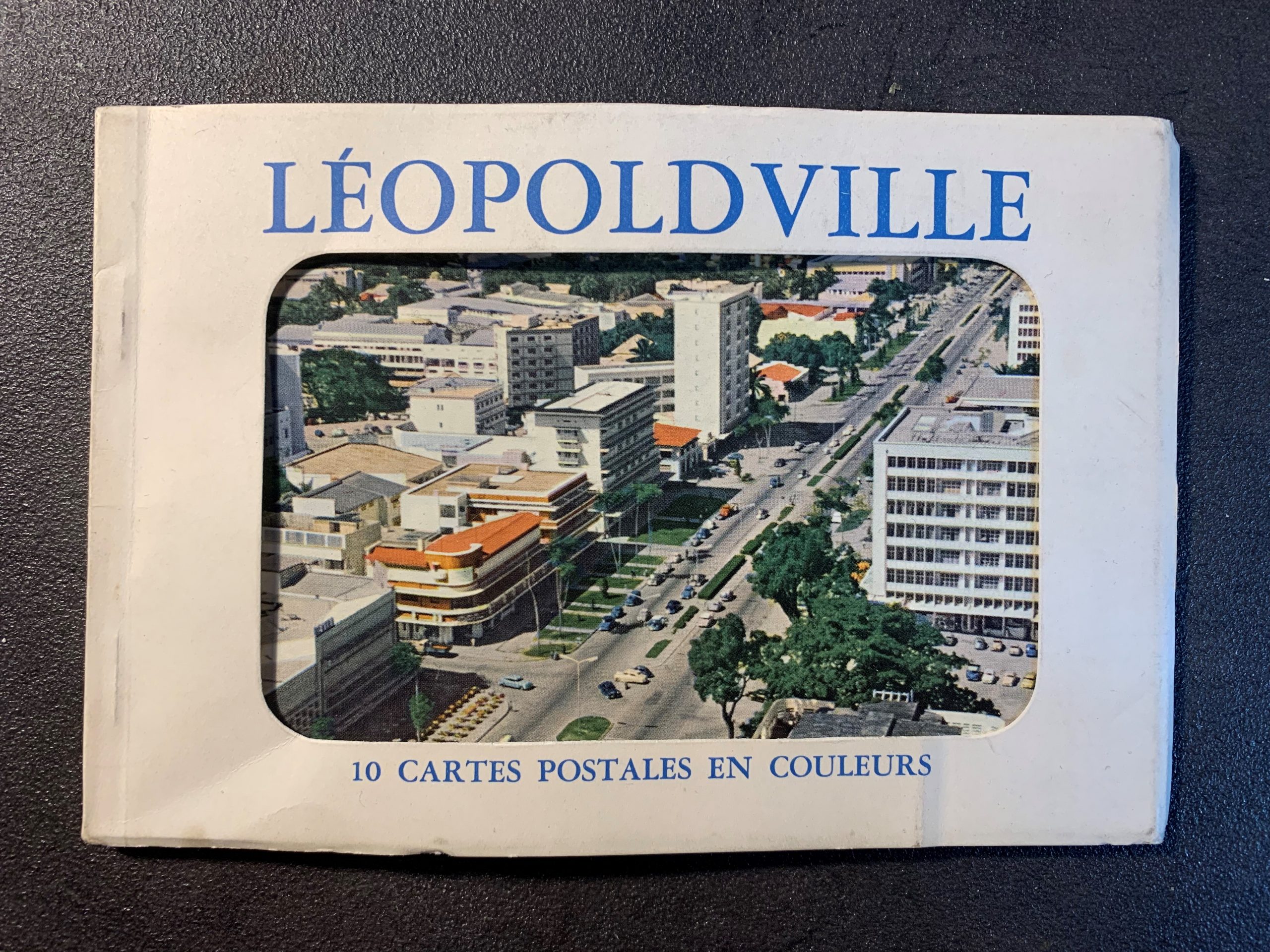Mi 15.02.2023
18:30 (CET)
• online
Vortrag
Brussels – Kinshasa, Mirror cities ? Unpacking the entangled colonial histories of two capital cities
Johan Lagae
In this lecture, I propose to discuss how the making and shaping of the skylines of the capital cities of Brussels, Belgium, and Kinshasa (ex-Léopoldville), Democratic Republic of the Congo, resulted from their entangled histories during the colonial era, that ran from roughly 1885 till 1960. I will do so by discussing, first, how, the planning and construction of Léopoldville, stems from its role as the capital city of what was at the time the Belgian Congo, a role it was assigned in 1923. In the following years, the colonial state launched several ambitious building projects, the most ambitious of which is was the residence for the governor general, situated on the Pointe de Kalina and ending the vista of an imposing boulevard along which would be planned the construction a series of important public buildings, from the seat of the colonial administration, to a Palace of Justice and a never built Cultural Center. This particular nexus of power, so I will argue, can be read as a transplantation of the area around the Brussels’ Warande Park, where, as historian Jean Stengers once astutely remarked, one could encounter the powers that be that ran the Belgian colonial enterprise. In a second part, I will focus on the emergence during the 1950s of the particular skyline of what is today known as the Boulevard du 30 juin in Kinshasa. Speaking of the economic, rather than political power that undergirded the Belgian colonial project, this urban axis was made and shape by the same actors that were radically transforming the Brussels’ cityscape in the postwar period, from large construction companies to prominent real estate agents and even the national airline company Sabena.
Drawing out connections between specific edifices and sites in Kinshasa and Brussels, this lecture then not only makes a plea for writing an entangled history of building in Belgium and its colony, but also invite to think more critically about the colonial legacy in the public space of both cities, that is anchored not only in monuments and street names, but also in many edifices, both spectacular and mundane, that still dot the urban landscapes of these two capital cities and the histories of which have often been forgotten and/or ignored.
Bio
Johan Lagae graduated in 1991 as a civil engineer-architect at Ghent University (Belgium) where he is currently teaching Architectural History of the 20th Century with a particular focus on the non-European context. He holds a PhD on 20th century colonial architecture in the former Belgian Congo (2002) and is doing research on modern architecture, built heritage and urban history in Central-Africa, as well as colonial photography. He has published widely in international journals (Journal of Architecture, Third Text,…) as well as edited volumes, and contributed to a number of exhibitions on the Congo. Among his book publications are Congo belge en images (2010, with Carl De Keyzer), Kinshasa. Architecture et paysages urbains (2010, with Bernard Toulier and Marc Gemoets) and l’Afrique c’est chic. Architecture and Planning in Africa 1950-1970 (2010, with Tom Avermaete), and, most recently, African Modernism and its Afterlives (co-edited with Paul Wenzel Geissler and Nina Berre, out with Intellect Publishers, 2022). He was vice-chair of a European funded COST-Action entitled “European architecture beyond Europe” (2010-2014), is currently co-editor-in-chief of ABE Journal (https://journals.openedition.org/abe/). He is also (co-)supervisor of several large research projects, including one entitled Construction History Above and Beyond. What History can do for Construction History.
Image Caption: Postcards from Léopoldville, Date unknown.
The lecture will be given as a online event. To join it, please contact Dennis Pohl pohl@kunst.uni-frankfurt.de
